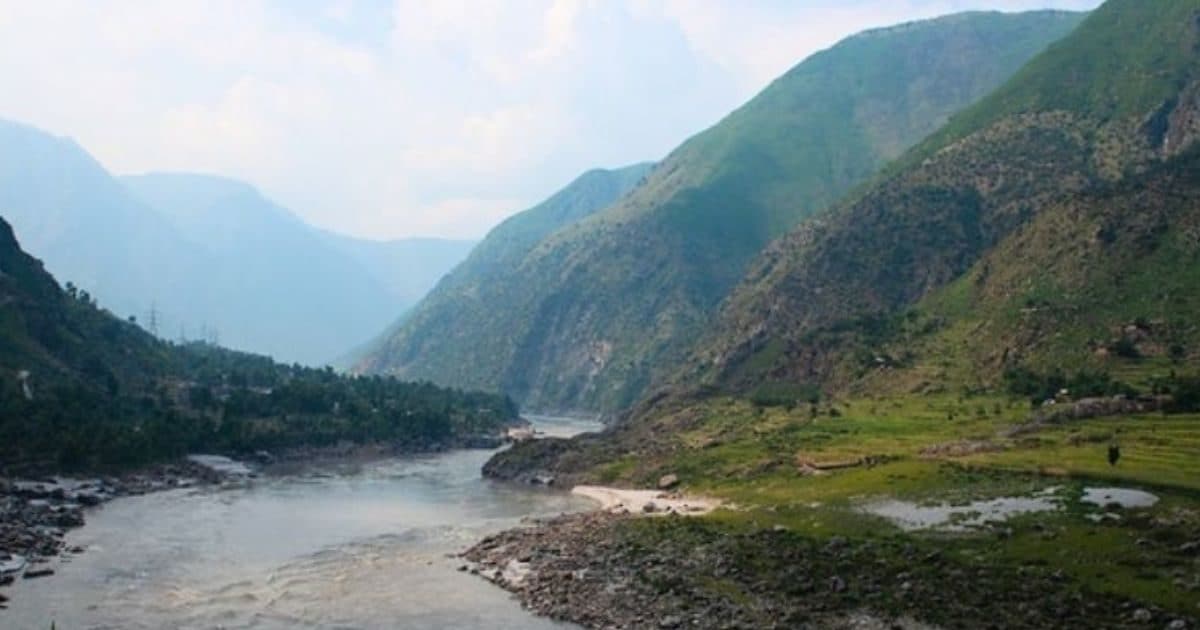Surprising Truth: Countries Without Natural Rivers and Their Water Challenges Revealed
Water: The Lifeline of Civilizations
Water is essential for life, and rivers have historically served as the lifelines of civilizations. They provide water for all needs, whether for drinking, irrigation, or industry. However, it might surprise you to learn that there are countries where not a single natural river exists. Presently, there are about 20 countries that lack a permanent natural river. One of these is Maldives, India’s island neighbor in the Indian Ocean.
The Maldives is a small island nation renowned for its natural beauty and marine life. Comprising nearly 1,200 small coral islands, only 202 of which are inhabited, it stretches 871 kilometers in length across the Indian Ocean. Due to its average elevation being only about one meter above sea level, the Maldives is extraordinarily vulnerable to climate change and rising sea levels, which puts its freshwater resources at risk.
Geographical Constraints and Water Sources in Maldives
The absence of rivers in the Maldives can be primarily attributed to its geography. The nation is surrounded by the ocean, and its small and low-lying islands do not have the necessary landforms or slopes to develop significant river systems. The country faces unique challenges regarding water access, especially due to the threat posed by rising sea levels, which endanger its freshwater supplies. To meet its needs, the Maldives relies on:
- Rainwater harvesting
- Desalination of seawater
- Importing bottled water
Sustainable water management systems and effective water conservation strategies are vital for the Maldives’ survival.
Rivers in Neighboring Pakistan
In stark contrast, Pakistan is home to some of the most significant rivers in the region, with the majority of its major rivers, such as the Indus and its tributaries (Jhelum, Chenab, Ravi, and Sutlej), originating from India or Tibet (China). However, there are also some rivers whose source lies within Pakistan itself, mainly small or tributary rivers.
The Indus River is the longest and most important river in Pakistan, often referred to as the lifeline of the country. Its journey begins near Lake Mansarovar in Tibet and runs through India (specifically Ladakh) before entering Pakistan and finally flowing into the Arabian Sea. Here are some key features of the Indus River:
- Length: Approximately 3,180 kilometers
- Significance: Provides water for about 80% of Pakistan’s agricultural land
Indus River’s Tributaries
The major tributaries of the Indus include Jhelum, Chenab, Ravi, Beas, and Sutlej. Interestingly, all these rivers flow from India into Pakistan. However, some smaller tributaries arise from the mountainous regions within Pakistan itself, like Gilgit, Swat, Kunar, Kurram, Gomal, Zhob, and Bolan, with a few intersecting with Afghanistan.
The River Systems in Bangladesh
In contrast to the Maldives and Pakistan, Bangladesh is often referred to as the “Land of Rivers,” with approximately 700 rivers flowing through its territory. Major rivers such as the Ganges and Brahmaputra enter Bangladesh from India, taking on different names once they cross the border. Most of Bangladesh’s significant rivers have their origins in neighboring countries, although the nation also has some rivers originating from within its borders.
For example, the Padma River is the main tributary of the Ganges, and upon entering Bangladesh, it is known as the “Padma.” The Jamuna River is a branch of the Brahmaputra and is referred to as “Jamuna” in Bangladesh. The Meghna River converges with both the Padma and Jamuna before emptying into the Bay of Bengal. Key features include:
- Meghna River: The widest river in Bangladesh and part of the world’s largest delta, Sundarbans.
- Surma River: A tributary that flows through Bangladesh, originating from the Barak River in India.
Conclusion: The Importance of Sustainable Water Management
While countries like the Maldives face extreme challenges in water sourcing due to their geographical limitations, nations like Pakistan and Bangladesh showcase a more varied river ecosystem that supports their agriculture and livelihoods. The diverse water management strategies adopted by these nations highlight the crucial role that sustainable practices and conservation play in ensuring water availability for their populations.
As global climate change continues to threaten freshwater sources, it remains imperative for all nations, regardless of their river systems, to prioritize sustainable water resource management and innovative solutions to safeguard their water futures.





